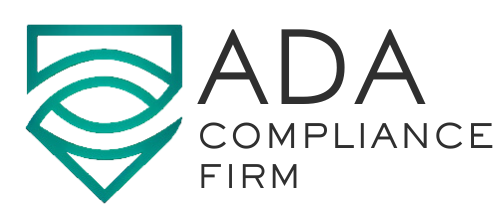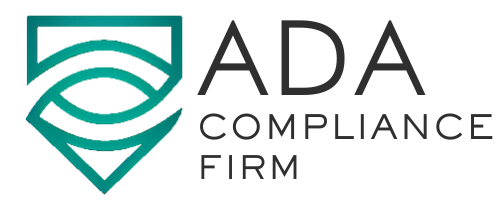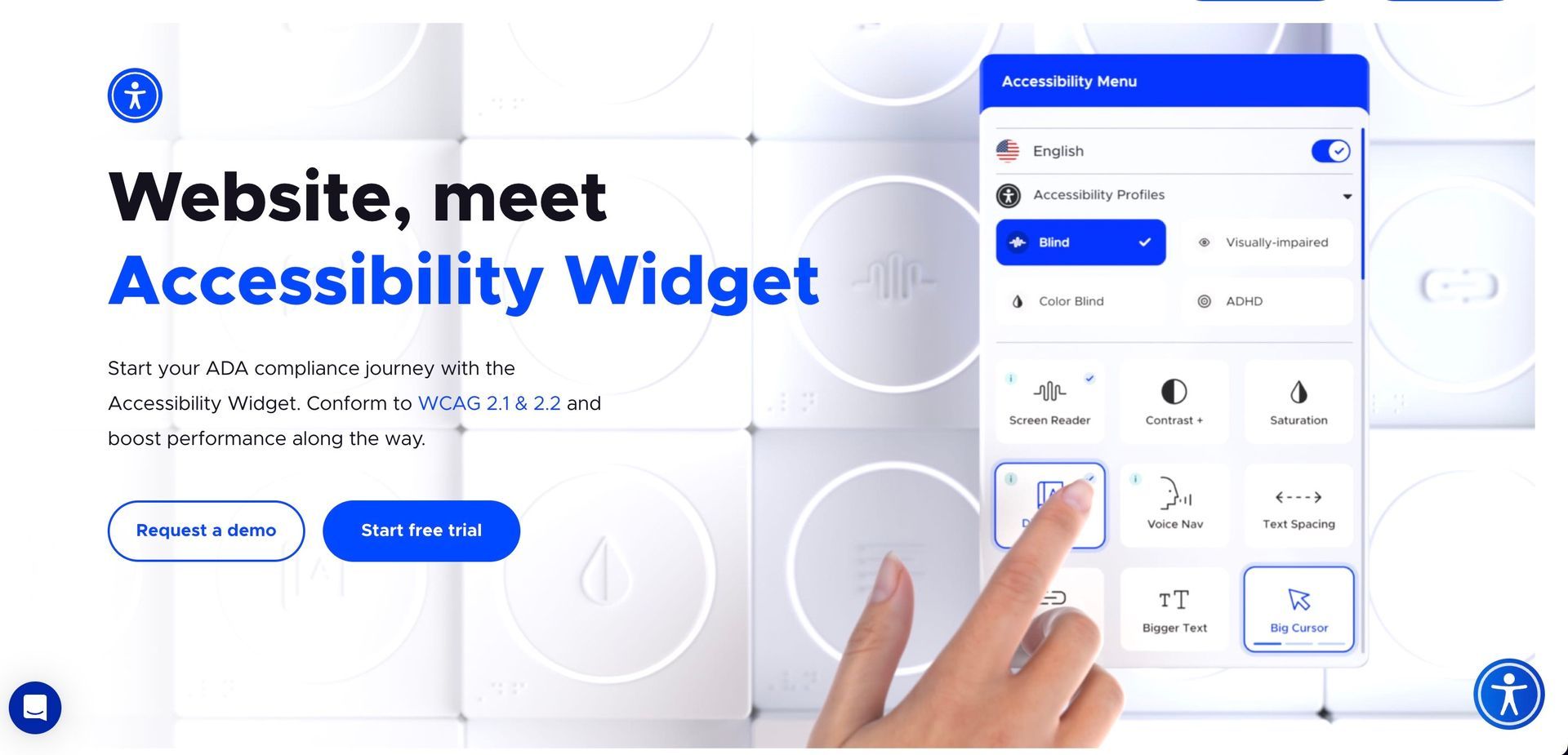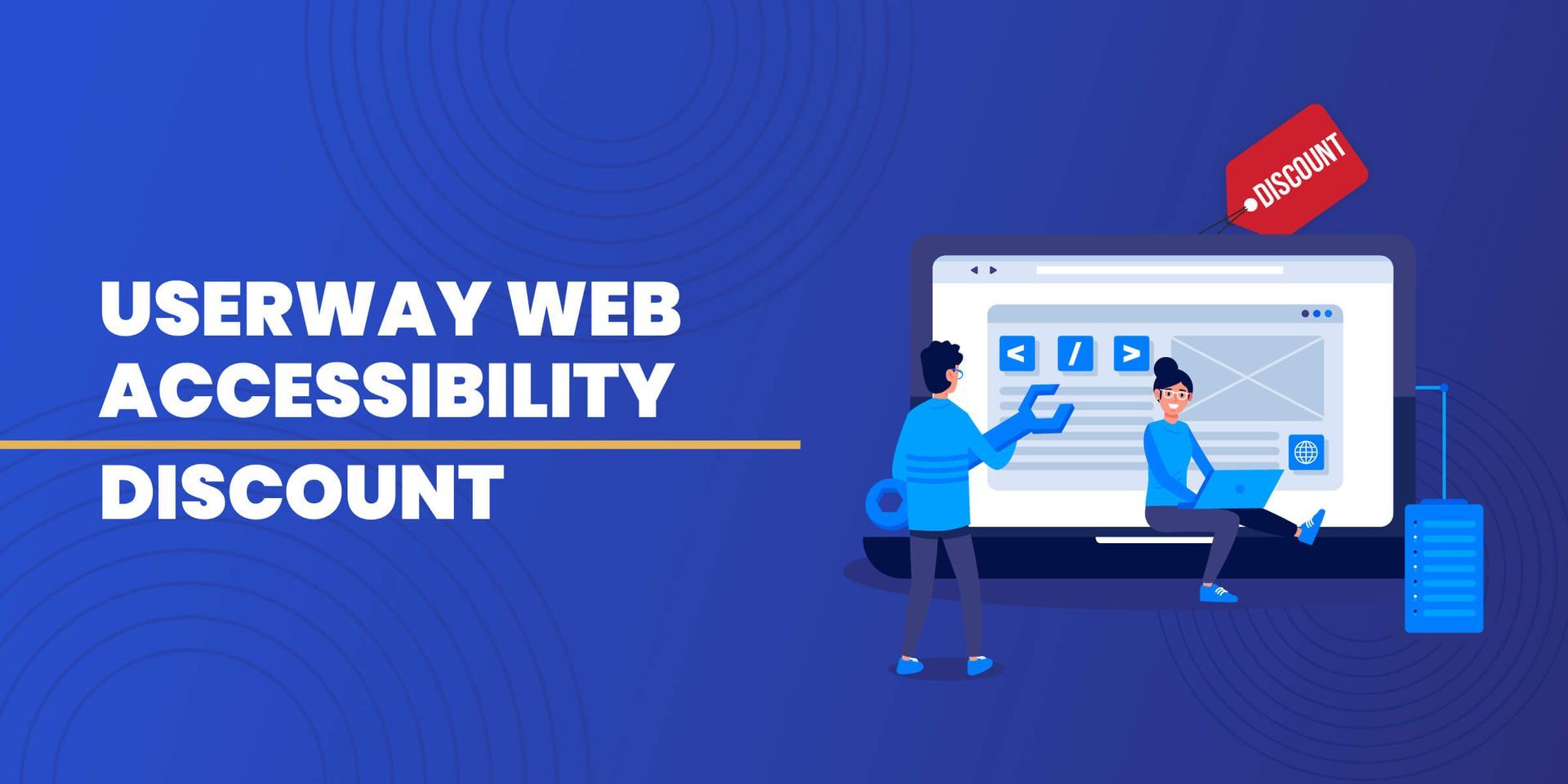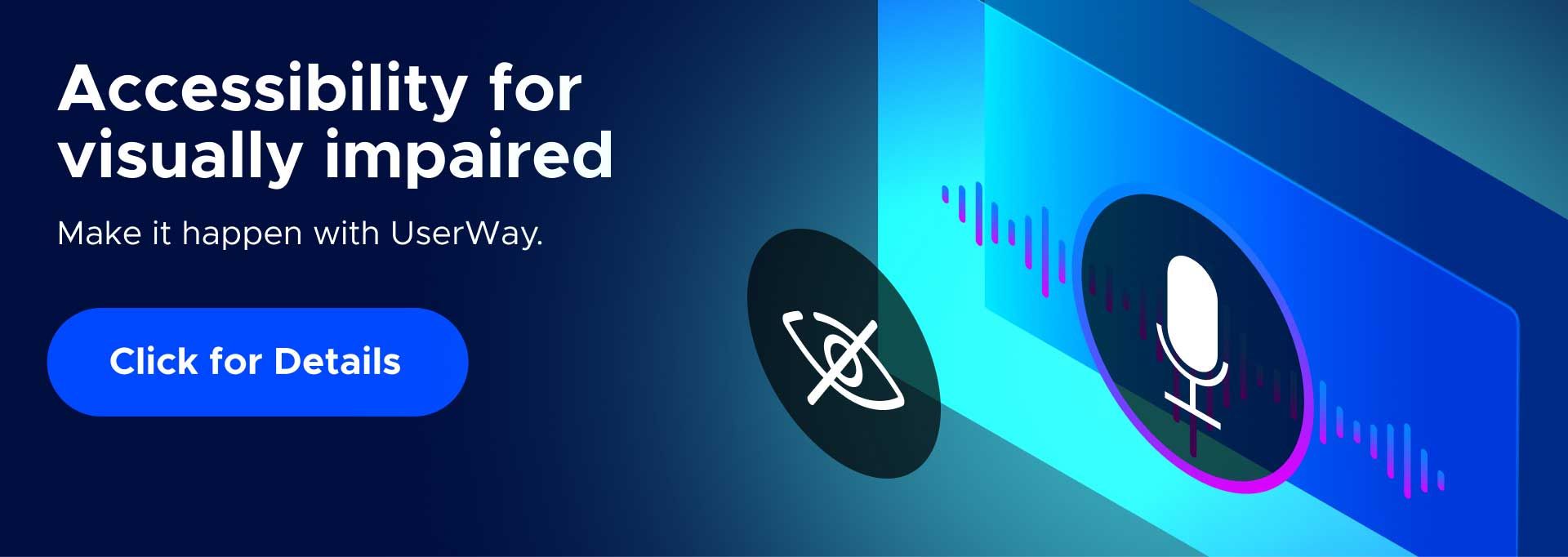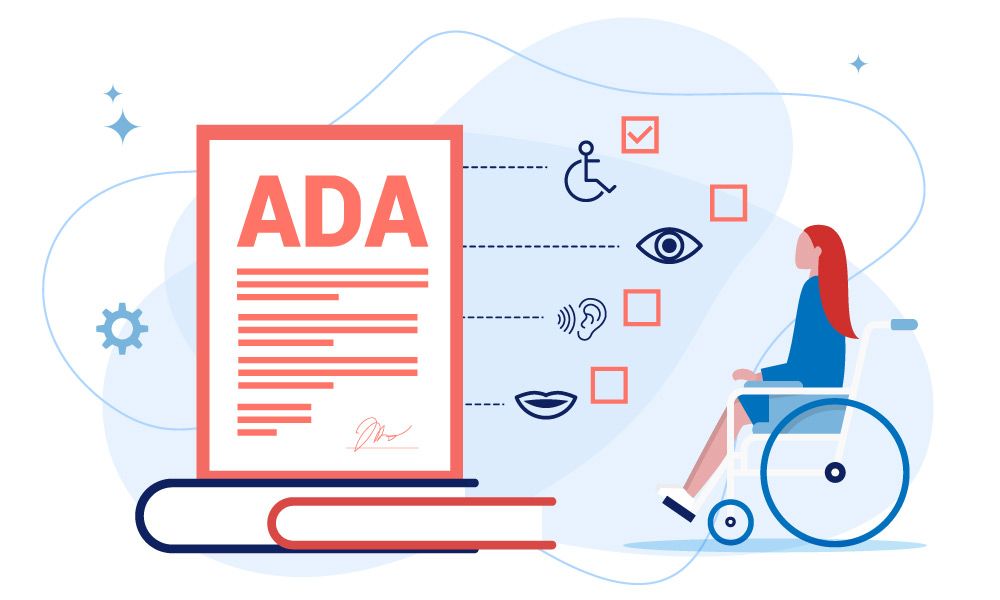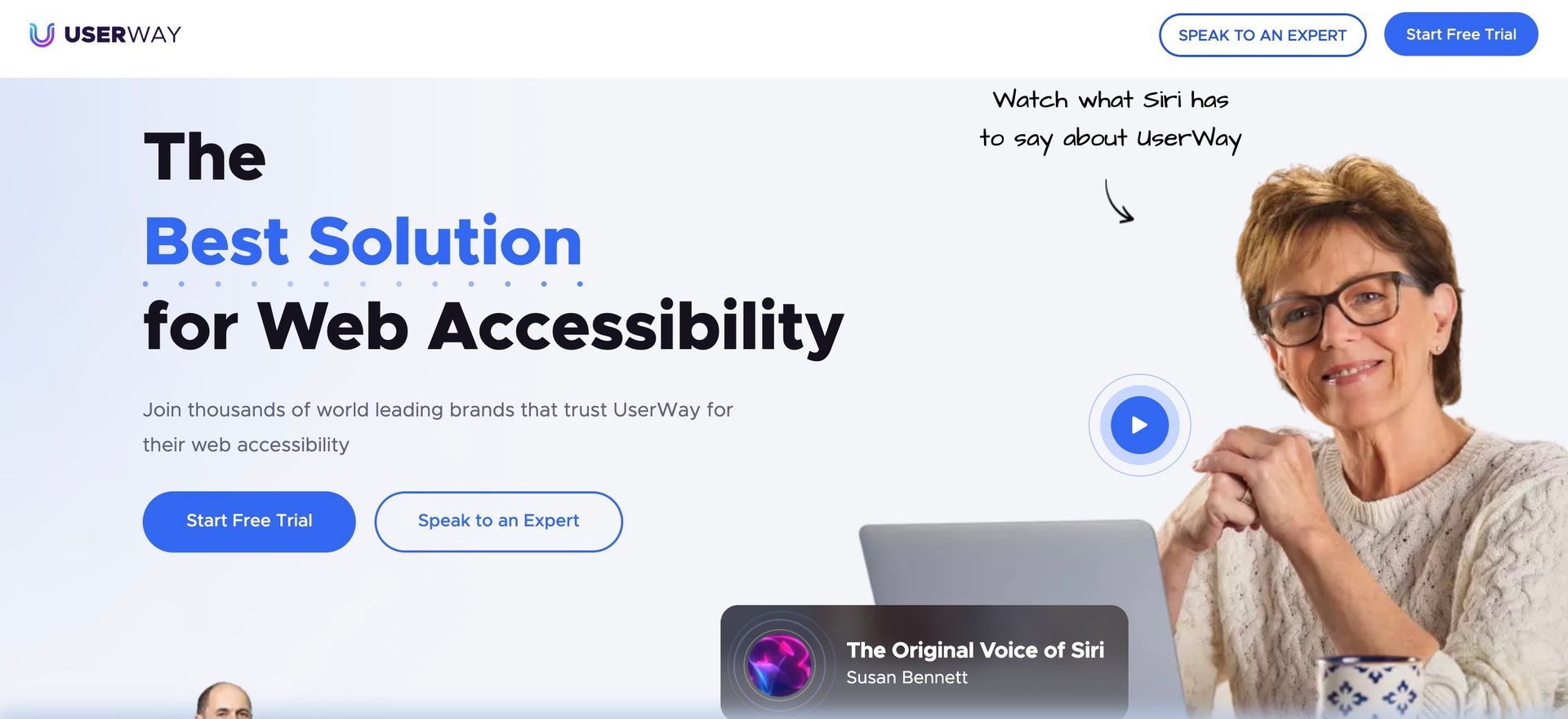Opening the Gateway to a Rad Virtual World: How ADA Compliance Can Save Your Digital Space and Your Moolah

Picture this: soaring through the boundless digital cosmos, where opportunities are infinite and access is granted to all peeps, regardless of their abilities. Sounds pretty rad, right? But here's the tea - millions of peeps worldwide face hella roadblocks when surfing the web because of disabilities. Did you know that a staggering 15% of our global fam has some kind of disability? By ensuring your website is ADA-compliant, not only do you dodge legal slip-ups but also offer a more enjoyable user experience for everyone. Okay, so let's dive into how ADA compliance can protect your online vibe and your moolah.
Understanding the Importance of Web Accessibility
Before we spill all the deets on ADA compliance, it's essential to grasp why web accessibility matters in the first place. Over 5 billion people around the globe were using the internet at the start of 2023, and as many as 1 in 4 (26%) adults in the United States have some form of disability. By making your website accessible to all users, you're not only doing what's right but also tapping into a more extensive market share.
Crucial Web Accessibility Stats You Need to Know
To give you a better idea of where web accessibility stands today, check out these key stats:
- A whopping 64.4% of Earthlings use the internet.
- A shocking 96.8% of home pages had detectable WCAG 2 failures.
- More than half (59.6%) of the U.S. population with disabilities live in households with internet access.
- About 72% of adults with disabilities own a smartphone.
Getting a Handle on ADA Compliance
So, what is the Americans with Disabilities Act (ADA) all about? It's a federal law that kicks discrimination against individuals with disabilities to the curb. The ADA has been extended to cover websites as public spaces, requiring businesses and organizations to make their websites accessible to peeps with disabilities.
ADA Compliance Guidelines for Websites
Ready to make your website ADA-compliant? Here are some guidelines to consider:
1. Accessible Text
Make sure the text on your website is readable by everyone, including those with vision impairments. Use a contrast ratio that's easy on the eyes between text and background colors, and pick fonts that are noob-friendly.
2. Consistent Navigation
Design your website with navigation that's both consistent and intuitive, making it a breeze for users to find what they're looking for.
3. Alternative Text for Images
Include alternative text (aka alt text) for all images on your site, allowing visually impaired users to understand the content and context of the image through screen readers.
4. Keyboard Navigation
Ensure your website is fully navigable using only a keyboard - this is essential for users with mobility impairments.
5. Transcripts and Captions
Got audio content? Include transcripts. Videos? Add captions. This way, individuals with hearing impairments can access the info too.
6. Responsive Design
Optimize your website for various devices, like smartphones and tablets, ensuring that users can access your content no matter what gadget they're using.
7. ARIA (Accessible Rich Internet Applications) Attributes
Use ARIA attributes to help communicate more intricate site elements and widgets to assistive technologies like screen readers.
8. Clear Forms and Labels
Keep forms straightforward and provide labels or instructions that are easy to understand so users can efficiently complete them without any snags.
9. Offer Multiple Ways to Access Content
Ensure that users have several ways to access content, like a search function, site map, or table of contents.
10. Avoid Seizure-Inducing Content
Steer clear of any content that could trigger seizures, such as flashing visuals or rapid animations. Keep all animations chill and user-friendly.
Assessing Your Website's Compliance
To evaluate if your website is ADA compliant, do manual testing and use automated tools to identify potential issues. You might also want to collaborate with a web accessibility consultant to guarantee that your site meets all the necessary standards.
Legal Consequences for Inaccessible Websites
If your website isn't ADA-compliant, you could be in for some legal headaches. Between 2017 and 2021, the number of ADA-related lawsuits and legal actions skyrocketed by a wild 400%. In 2022 alone, there were 3,255 lawsuits filed under Title III of the ADA, which is a whole 12% increase from the previous year. Yikes!
Perks of ADA Compliance
If you make sure your website is ADA compliant, you can enjoy several dope benefits, such as:
1. Enhanced brand reputation: Showcasing social responsibility and inclusivity can seriously level up your brand image.
2. Increased customer base: With more peeps able to access your site, you can reach a broader audience. Cha-ching!
3. Better user experience: Accessible websites are generally more user-friendly, which is a win-win for everyone.
4. Legal protection: Dodge expensive lawsuits and legal drama by ensuring your website is ADA-compliant.
The Roadmap to a More Inclusive Digital Space
Now that we've covered the essentials of web accessibility and ADA compliance, let's explore some practical steps you can take to make your online presence more inclusive:
1. Begin with Awareness: Educate yourself and your team on web accessibility standards and their significance in today's digital landscape.
2. Design for All Users: Consider designing or revamping your website, prioritise accessibility from the get-go. Keep in mind the diverse abilities of your potential users and create a seamless experience for everyone.
3. Collaborate with Experts: Partner up with web accessibility consultants or agencies to ensure that your website is fully compliant with ADA guidelines and other relevant standards.
4. Regularly Evaluate Your Website: Perform periodic evaluations of your website's accessibility and address any issues promptly. This proactive approach will help you maintain an inclusive digital environment.
5. Foster a Culture of Inclusivity: Encourage your team to be mindful of accessibility in all aspects of their work, from content creation to customer service.
Wrapping It Up
Alrighty, let's wrap this up! ADA compliance is crucial for businesses and organizations with an online presence. With it, You not only protect your wallet from potential legal pitfalls but also create a more inclusive digital environment.
In a nutshell, making your website ADA compliant is like opening the door to a more inclusive digital landscape that benefits everyone. lets move ahead and make a difference by ensuring your site is accessible to all users! You got this!
But hold up, we ain't done yet! We've got some bonus tips on web accessibility for our Gen Z squad:
1. Embrace the Accessible Meme Culture
Make sure to add alternative text to all those spicy memes you're sharing on social media so that our visually impaired pals can enjoy them too!
2. Inclusive Social Media Game
When posting on social media platforms, use camel case for hashtags (e.g., #ThisIsCamelCase), which makes it easier for screen readers to decipher.
3. Accessible Live Streaming
If you're hosting live streams or webinars, provide real-time captions or sign language interpretation so peeps with hearing impairments can vibe with y'all too!
There you have it – with the power of ADA compliance and an inclusive mindset, we can all contribute to a more accessible digital universe. Together, let's make that rad virtual world a reality for everyone!
In Conclusion: Why ADA Compliance Matters More Than Ever
As the world becomes increasingly connected and reliant on digital technology, web accessibility has taken centre stage in ensuring equal opportunities for all. With Gen Z being digital natives, taking the lead on promoting inclusivity online is more critical than ever.
ADA compliance is not just a legal obligation – it's a way of embracing diversity and inclusion and creating an online space where everyone can thrive. By prioritising web accessibility, you're setting the stage for better user experiences, opening up new market opportunities, and fostering a socially conscious brand reputation.
So, to our Gen Z fam and all the digital pioneers out there, let's take charge and make the internet a more inclusive place for everyone to enjoy. Let's break down barriers, challenge norms, and create an accessible digital utopia that'll make future generations proud.
Remember: with great internet power comes great responsibility. It's time to step up, embrace ADA compliance, and unlock the full potential of an inclusive online world – for ourselves and generations to come. Stay woke and stay accessible!
Ready to Level Up Your Accessibility Game?
If you're ready to dive into ADA compliance and make your digital space more inclusive, don't hesitate to reach out to us. Our team of web accessibility experts is here to help you navigate the process and ensure your website is accessible to everyone.
Connect with us today for a consultation, and let's work together to create an online experience that's truly accessible for all. Don't miss out on this opportunity to make a difference in the digital world – hit us up now!
Join our newsletter
Recent Blog Posts
